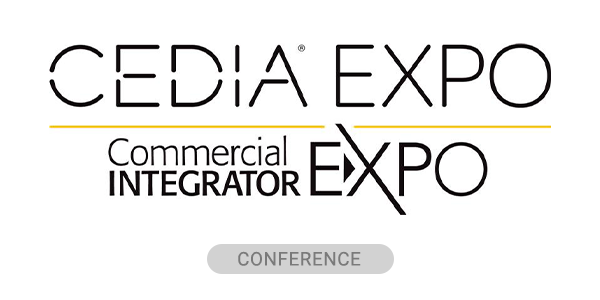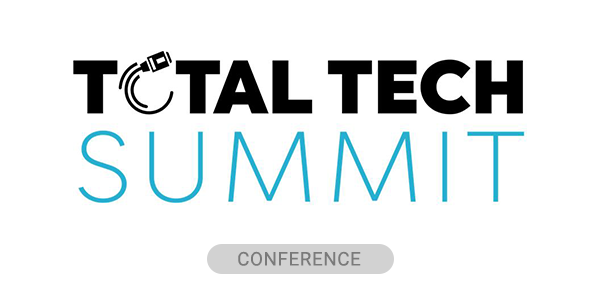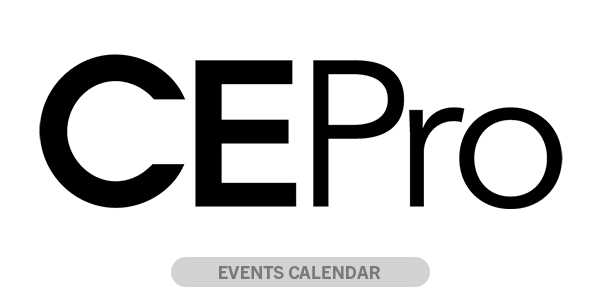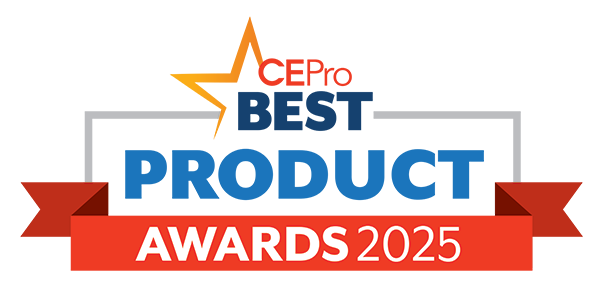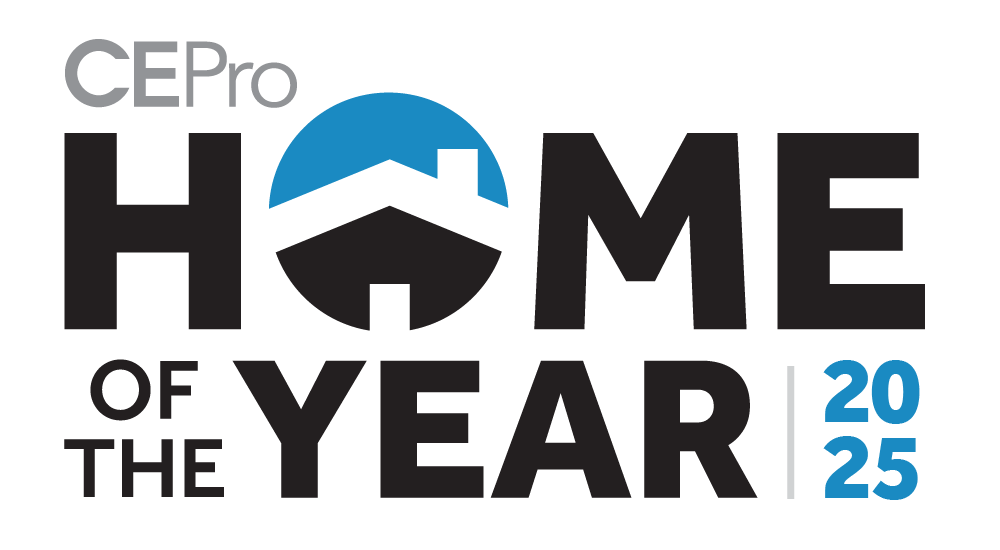CES 2018 is approaching, so you'll see more than the usual smart-home things on CEPro.com. Sometimes these new IoT products look like one-off gadgets, especially considering CE Pro serves the home-technology integration community. But we find real significance in these new connected things as they relate to the broader IoT movement.
Let's look at some of the “gadgets” we've presented in the past couple of weeks.
Audio Analytics Makes Dumb Devices Smart
LifeDoor, a motorization mechanism to shut the door in case of a fire, is a great example of an emerging category called “non-invasive” solutions, or what we like to call “making dumb things smart.”
In fact, last year, we did a whole feature on non-invasive problem solvers that don't require the user to dismantle an existing mechanical product to make it smart — things like the Axis Gear, which snaps over the existing cord of a window treatment to wind it up and down. The August door lock, which does not require the often-tricky replacement of a complete lock assembly, is another good example.
We have a lot of dumb things in our homes today, and we can expect a lot more solutions that let us automate them without much effort or expense.
Related Trends
- Audio analytics – listening and learning.
- Non-Invasive technology solutions – “making dumb things smart.”
- Standalone, intelligent life-safety devices.
- Ambient sensors (here, lighting and sound) + AI = smart actions with no programming.
- Single-purpose solutions as potential smart-home Trojan Horses.
In this case, LifeDoor did something meaningful with the audio-analytics or “listening” technology that emerged at CES 2016. There, a dozen or so companies showed products that would recognize the sound or frequency of a “dumb” smoke-detector siren, and then pass that data over the home network to alert a security system or an end user directly via the Internet.
LifeDoor exploits that technology to take immediate action — close the door, blare a siren, light up the space with bright LEDs — when a smoke detector sounds. We can expect other single-purpose devices to take take advantage of these emerging analytical tools.
Another new “gadget-maker” we featured recently, Mitipi, also takes advantage of simple audio-analytical tools to create an effective standalone security device.
The device incorporates a speaker and LED lights and sensors to learn the usual patterns of household activity and play them back when no one is at home. Plenty of products and technologies today can learn how lighting is used throughout the day, and then mimic that behavior through the lighting-control system. But here we have a practical standalone system that doesn't require smart lights to create a lived-in look.
The device captures lighting scenes through ambient light sensors, and listens to sounds through a microphone array. Analyzing these inputs enables Mitipi to play back lights and sounds as they might occur on any given day. Furthermore, it can learn any repetitive associations between light and sound and use that knowledge during unattended playback.
For example, Mitipi might learn that the sound of a door knock typically is followed by the sound of a dog barking and the brightening of the space. In an empty house, the device would respond similarly when it senses a knock on the door — the virtual dog barks and LEDs turn on.
These and other gadgets make clever use of new sensors and analytics, incorporating them into inexpensive, standalone products that don't require further integration or expertise. And yet, these single-purpose solutions could easily connect to other subsystems in the future or become home automation hubs themselves.
More than a Silly Alarm Clock
The Sensorwake 2 from Bescent (new company name for Sensorwake) might seem like just another cheesy alarm clock that wakes you up with the aroma of your choice. But the fact is: you will see a whole lot of smart alarm clocks at CES, and they illustrate a few trends in the smart home.
Related Trends
Nightstand form factors
Stimulating senses for wellness — smell, auditory, sight (lighting) — especially for crucial hours of sleep
First and foremost is that the bedside alarm clock is a completely overlooked market segment that no one has addressed effectively, especially given that the category is ubiquitous and is perfectly positioned to serve as a gateway to other smart things.
Amazon's Echo Spot is the perfect example of the ultimate bedside accessory, serving as a voice-control hub and providing all the little services you would want by your bed — time, weather, tomorrow's schedule, and of course, smart alarm clock that could wake you up an hour before your first appointment, for example.
Sensorwake also illustrates another trend in the smart home: scent-delivery machines that can positively impact moods and wellness. Scents that remind grandma of her youth might calm her down and aid her memory. Scents that mimic the forest can minimize discomfort for an injured outdoorsman. The science is real. At least a dozen exhibitors will demonstrate aroma-related systems at CES.
The sense of smell joins other senses targeted by wellness-technology companies lately. Tunable white lighting, for example, is one of the biggest movements in health and wellness, enforcing natural circadian rhythms for improved sleep and productivity. Sound is another sense that can be tickled for improved wellness. Referring to the aging population again, different sounds can evoke positive memories, brighten moods, keep minds sharp, and quiet the mind for rest.
You'll see many standalone products at CES that combine some or all of these elements into single-purpose solutions such as alarm clocks (Philips makes one) that simulate natural sunlight for wake-up and nighttime, with bluer white lights gradually coming up in the morning and warmer hues lulling the sleeper to bed at night. A choice of sounds can accompany the natural lighting simulations to help ease the user into slumber or wake-up.
So What if Smart Sockets Don't Sell
Related Trends
Exploiting ubiquitous light sockets to power sensors, cameras and other devices that might otherwise require constant battery changes.
We've seen “smart sockets” like Emberlight come and go. They are/were meant to add sensors and other intelligence to an existing screw-in light bulb. Their demise is often attributed to the ubiquity of smarter bulbs that are cheaper than sockets themselves.
What this theory misses is the huge opportunity to tap into electricity for any purpose that might have nothing to do with lighting. Today, manufacturers are tapping that electrical outlet for applications such as video cameras, voice-control interfaces and music.
We can imagine other uses for the common light socket, especially given their location up high, next to the ceiling. Imagine, for example, a sound detector screwed into the socket, listening for patterns and anomalies at/behind the ceiling. Slow water leaks, HVAC problems and critters could be discovered before any real damage is done. The screw-in detectors would store power in a local battery while the lights are on for round-the clock monitoring.
Smart sockets also could be used to build out a sensor network, without having to worry about changing batteries on wireless devices.

